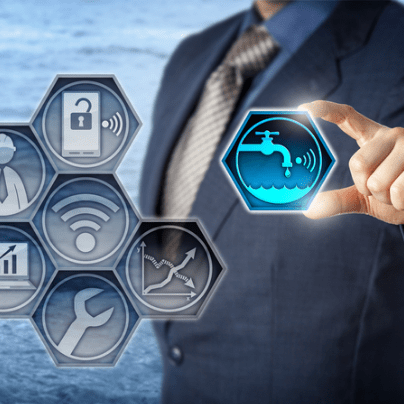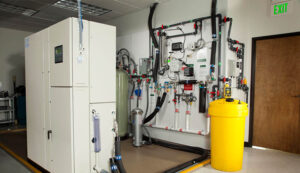The future of dialysis water treatment is here, and it’s all about IoT and AI. These technologies are able to revolutionize the way we purify water for dialysis patients, making the process more efficient, effective, and cost-effective.
One of the key benefits of IoT and AI with dialysis water treatment systems is their ability to constantly monitor and analyze the water systems. Sensors and monitoring devices can collect data on water quality, temperature, flow rate, and other parameters, and send this information to a central hub for analysis. This allows for real-time monitoring and adjustments to be made to the water treatment process, ensuring that the water is always of the highest quality.
AI algorithms can also be used to analyze the data collected by the sensors, identifying patterns and trends that may indicate problems with the water system. This allows for early detection of issues, such as bacterial contamination, and enables prompt corrective action to be taken before the water becomes unsafe for dialysis patients.
Another major advantage of IoT and AI in dialysis water treatment is their ability to optimize the water treatment process. By continuously monitoring and analyzing the water system, the technology can adjust the treatment process in real-time to ensure that the water is always of the highest quality. This can lead to significant cost savings by reducing the need for manual adjustments and reducing the amount of water and chemicals used in the treatment process.
Finally, IoT and AI can also be used to improve the overall efficiency and effectiveness of dialysis water treatment by automating many of the tasks that are currently performed manually. For example, sensors can be used to automatically adjust the flow rate of water through the system, or to turn on and off water treatment equipment as needed.
Overall, the future is bright, and IoT and AI are at the forefront of this revolution. With their ability to constantly monitor and analyze water systems, optimize the water treatment process, and automate many tasks, these technologies have the potential to significantly improve the quality and safety of dialysis water, while also reducing costs and increasing efficiency.
It’s time for dialysis providers to embrace these technologies and take the first step towards a smarter, more efficient and effective water treatment process. The benefits are clear and undeniable, and the future of dialysis water treatment is dependent on it.




